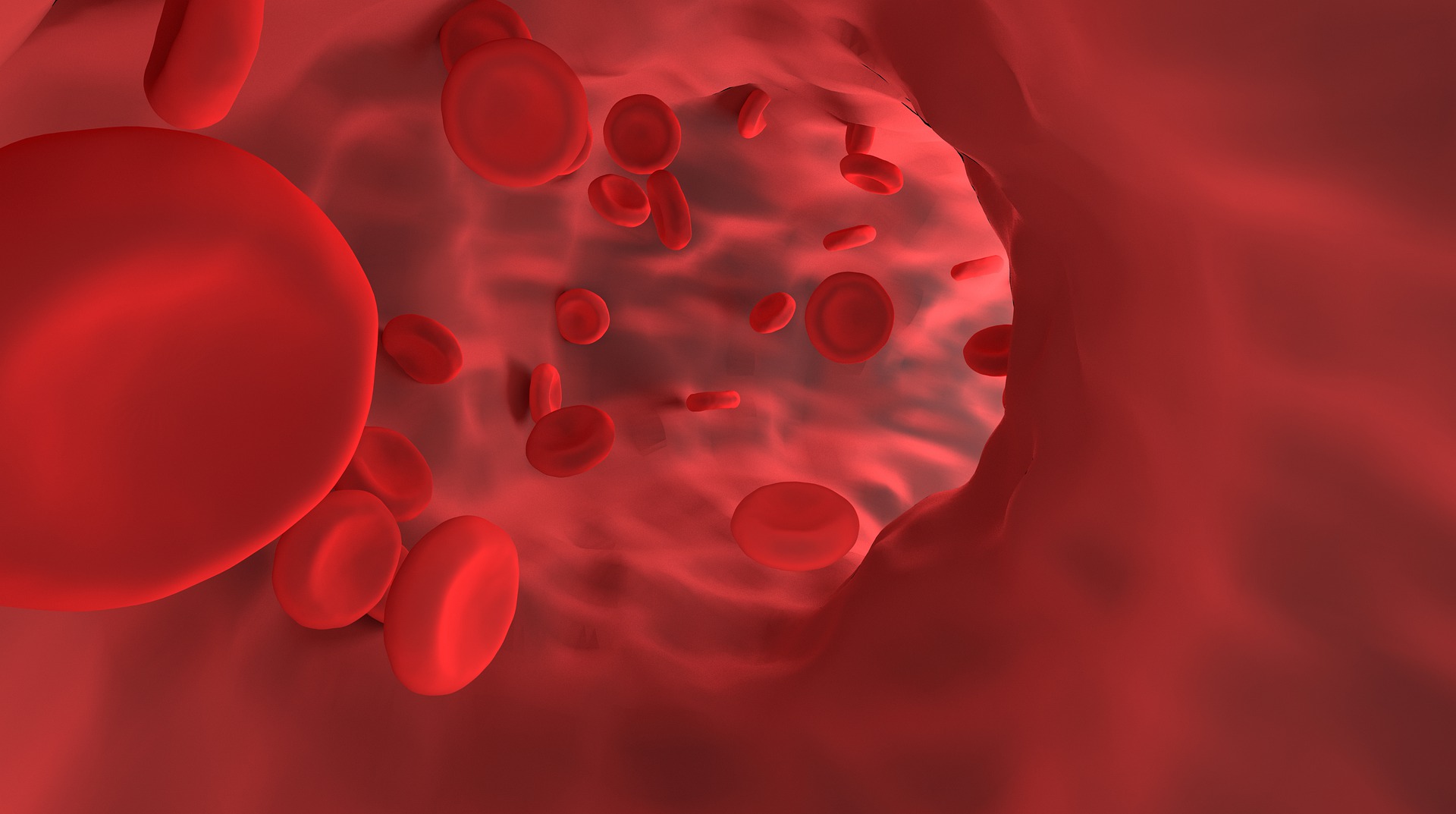Cholesterol levels alone are poor indicators of predicting the future of a heart attack. Studies have shown that 75% of people who have had a heart attack had “acceptable” cholesterol levels based on our current guidelines. Clearly, looking only at cholesterol is missing some key information when is comes to plaque formation. READ ON to learn what factors are just as important (maybe more) and how to measure them. Good news, this is something you can change and have a positive impact on decreasing your future plaque formation risk and therefore stroke and heart attack risk!
If you think looking at just your regular cholesterol panel is giving you enough information to assess future heart attack and stroke risk, you would be wrong. Once you evaluate all your risk factors then using the cholesterol levels alone as follow up is appropriate but when you are trying to determine what your current and future risk of plaque formation you have to look deeper.
There are some obvious red flags with the cholesterol levels themselves. High non-HDL cholesterol, LDL, triglycerides and low HDL all lead to increased risk of plaque formation. But what about the other 75% of the people with normal cholesterol levels who had heart attacks? Is there really no indicator that can tip you off? While a subset of these people may have had a genetic reason as indicated by familial hypercholesterolemia or elevated Lp(a) for others there is something more ominous that starts the atherogenic process of plaque formation. Cue inflammation. The way I view inflammation is that is causes barbs in the vessels for the cholesterol to attach thereby accelerating plaque formation. Inflammation also triggers platelet activation leading to clot formation. You can measure inflammation in regular blood work and if elevated you need to take it seriously and look for underlying causes. Lowering your inflammatory markers will only help decrease your risk of future cardiovascular events!
The following 3 markers are important and easily measured (there are several other inflammatory markers that can be helpful though):
- hsCRP – high sensitivity C reactive protein. This is a sensitive marker that if consistently elevated actually predicts increased heart disease risk! I target less than 1 and find it to be very significant if above 3. Keep in mind recent illness will temporarily increase this marker so be sure and measure this at least 4-6 weeks after an illness or dental cleaning.
- LpPla2- this is another inflammatory marker that if elevated tells you the inflammatory cascade has progressed and is predictive of the formation of rupture-prone plaque (also known as soft plaque). This type of plaque is more likely to flip off and create heart attacks and strokes.
- The third marker called MPO- myeloperoxidase is another inflammatory marker specific for vascular inflammation.
If these are elevated then it’s time to figure out what is causing the inflammation. Here are some of the common culprits.
- Dental disease – this is a huge culprit for an elevated hsCRP! Bad root canals, gum disease and cavitations all contribute. Often this gets completely missed by routine dental examinations. If your gums bleed when you floss then that is a tip off that you have some gum disease.
- Gut health. Gut health is tied to the inflammation cascade so anything that affects the gut can create other issues.
- Food sensitivities – I see this ALL the time. Many times people with significant food sensitivities will have an elevated hsCRP. Once they eliminate offending foods this marker goes down.
- Joint pain – often this has an inflammatory component.
- Diabetes – high blood sugars are pro-inflammatory and if you have high cholesterol and abnormal blood sugars then you have a compounded risk of plaque formation.
- Viral – we are seeing more and more COVID induced inflammatory cascades.
- Cannabis – more on this next week as how is increases the inflammatory cascade when used daily.
- Smoking
- Overweight – fat cells release inflammatory mediators
- So many more….
Bottom line, don’t take a look at your regular lipid panel and think all is good. Go deeper. Get the particle sizes and aim for the larger ones (pattern A), keep the cholesterol levels below “normal” ranges and if you have any of the genetic pieces then go even lower. Look at the inflammatory markers and if elevated work on getting them lower by evaluating the many different areas of concern.
To your health,
Laura









